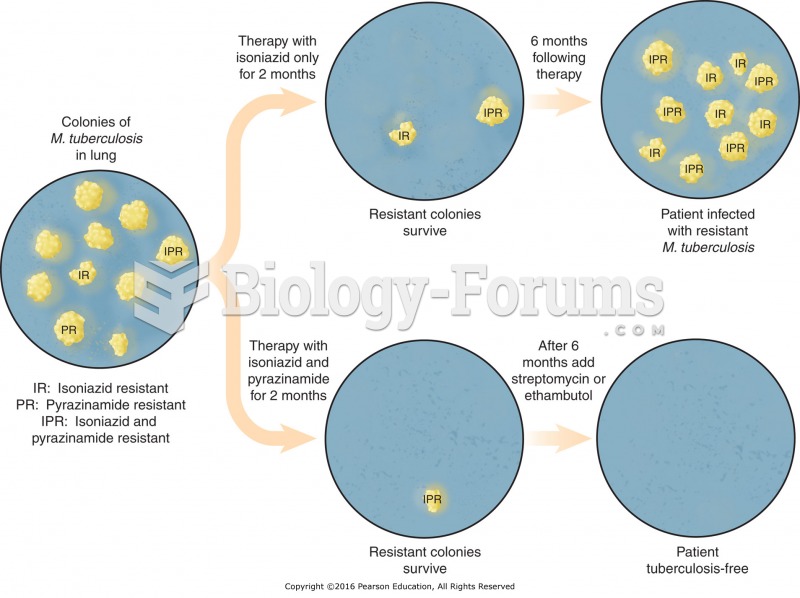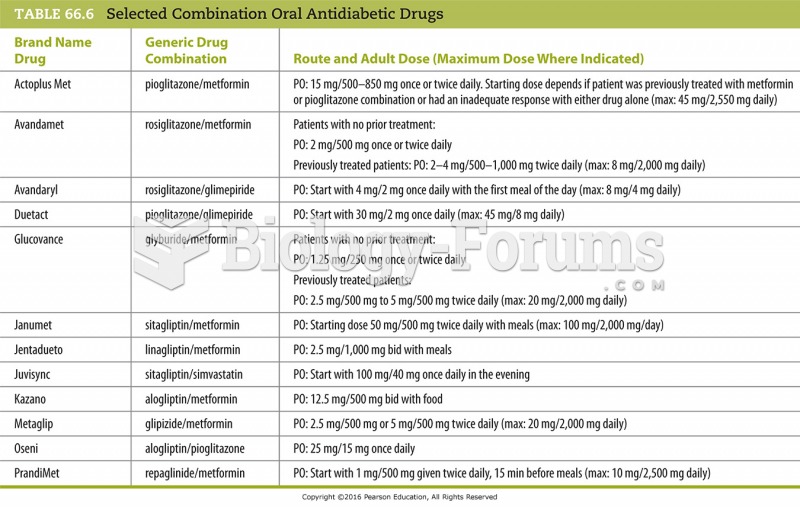|
|
|
When Gabriel Fahrenheit invented the first mercury thermometer, he called "zero degrees" the lowest temperature he was able to attain with a mixture of ice and salt. For the upper point of his scale, he used 96°, which he measured as normal human body temperature (we know it to be 98.6° today because of more accurate thermometers).
In 1886, William Bates reported on the discovery of a substance produced by the adrenal gland that turned out to be epinephrine (adrenaline). In 1904, this drug was first artificially synthesized by Friedrich Stolz.
The word drug comes from the Dutch word droog (meaning "dry"). For centuries, most drugs came from dried plants, hence the name.
Cutaneous mucormycosis is a rare fungal infection that has been fatal in at least 29% of cases, and in as many as 83% of cases, depending on the patient's health prior to infection. It has occurred often after natural disasters such as tornados, and early treatment is essential.
In 1844, Charles Goodyear obtained the first patent for a rubber condom.
 Membership in this subculture is not easily awarded. Not only must high-steel ironworkers prove that ...
Membership in this subculture is not easily awarded. Not only must high-steel ironworkers prove that ...
 Use caution if using a steel scraper to remove a gasket from aluminum parts. It is best to use a ...
Use caution if using a steel scraper to remove a gasket from aluminum parts. It is best to use a ...





